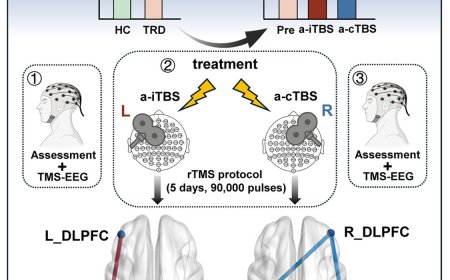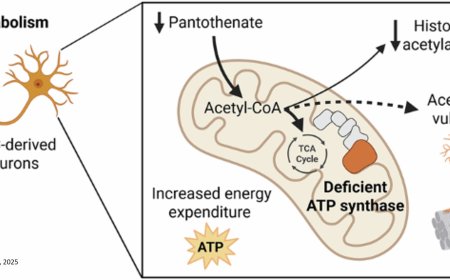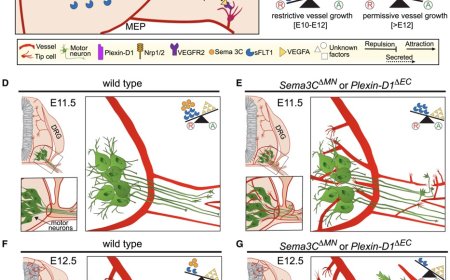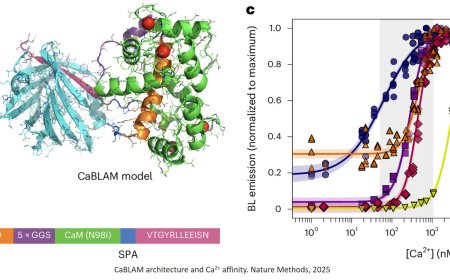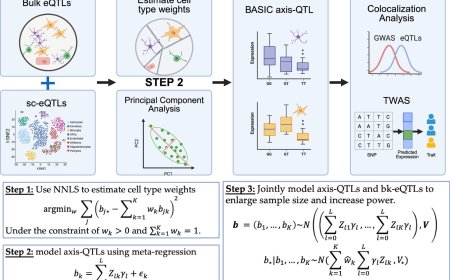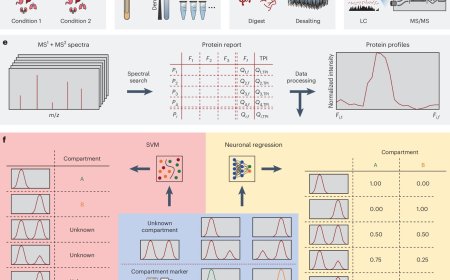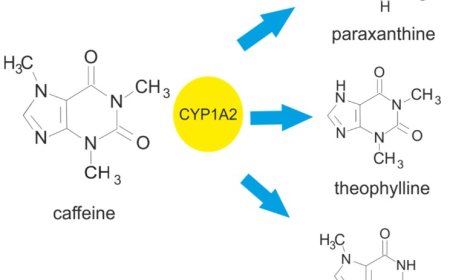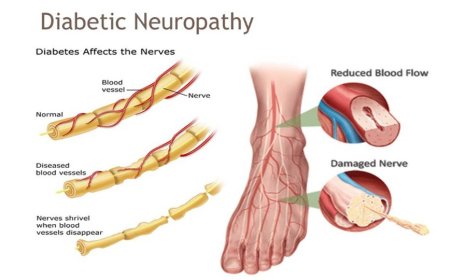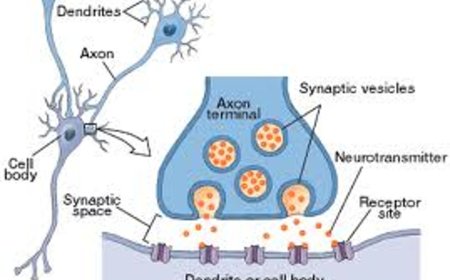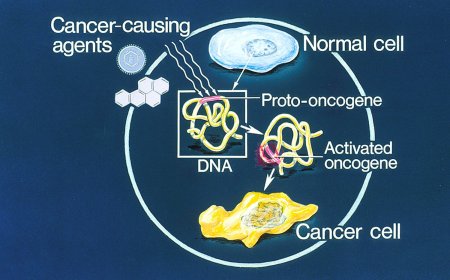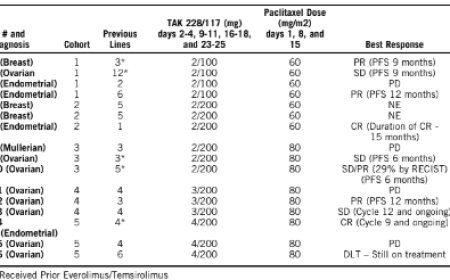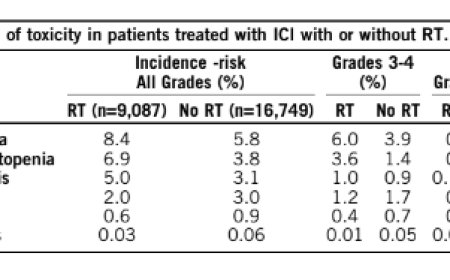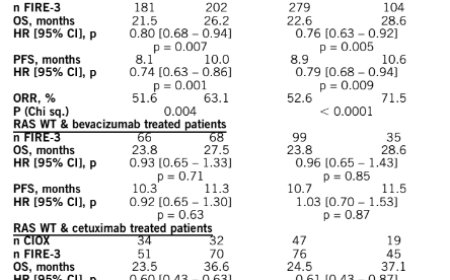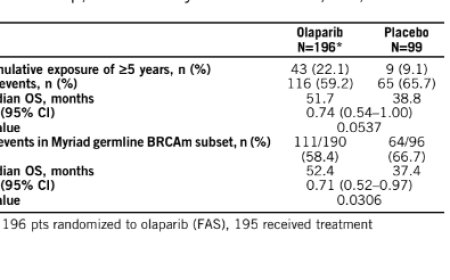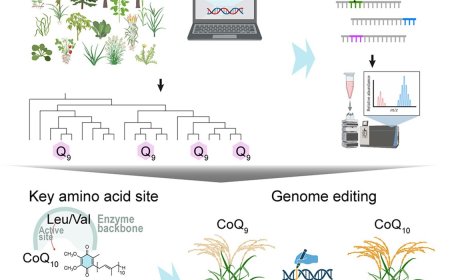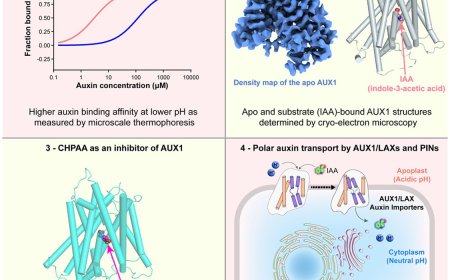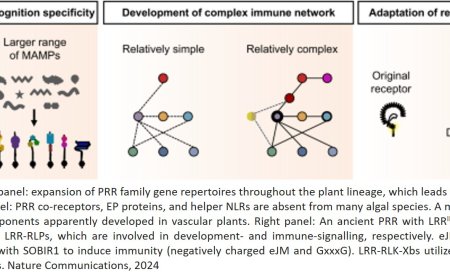SALICYLIC ACID SENSOR1 to monitor hormone levels during pathogen infection

From willow bark remedies to aspirin tablets, salicylic acid has long been part of human health. It also lies at the heart of how plants fight disease.
Now, researchers have developed a pioneering biosensor that allows scientists to watch, for the first time, how plants deploy this critical immune hormone in their battle against pathogens.
Published in Science, the researchers present SalicS1, a genetically encoded biosensor that can detect and track the dynamics of the plant immune hormone salicylic acid (SA) with exquisite precision inside living plants.
Salicylic acid is a central regulator of plant immunity, triggering defence responses against a huge diversity of invaders. Until now, however, scientists lacked the tools to measure SA at high enough spatial and temporal resolution to understand how plants balance growth with immune defence.
“Plants keep salicylic acid signalling, which can slow growth, in reserve and carefully activate it when needed. Pathogens like fungi, viruses and bacteria as well as pests like aphids have evolved several ways to suppress SA and weaken plant immunity,” said the author. “By enabling precise, high-resolution monitoring of SA, SalicS1 gives us a powerful new way to understand the life-or-death battleground that is SA concentration that could ultimately inform strategies to improve crop resilience.”
Using the new biosensor, the team observed surges of SA accumulation spreading from the site of pathogen invasion into surrounding tissues, providing fresh insight into how plants coordinate local and systemic defences.
“Salicylic acid is one of the most important defence signals in plants, but until now we’ve only been able to see it with specificity in very coarse detail,” said the first author of the study. “With SalicS1 we can watch SA as it rises and falls in real time, inside living tissues, and even track how it spreads from cell-to-cell during infection.”
The ability to measure SA reversibly and without damaging plant tissues opens up exciting opportunities to address long-standing questions in plant biology, particularly how plants deploy SA in response to both pathogenic threats and environmental stressors.
“This tool represents a major step forward in our ability to monitor SA dynamics as plants respond to a wide range of pests and pathogens that manipulate SA levels,” said a co-author. “Given SA’s crucial role in both local and systemic defence, we’re hopeful this approach will help us unravel the mechanisms behind how plants navigate growth in complex environments.”
SalicS1 may also have implications for human health. SA is the natural compound behind aspirin, one of the world’s most widely used medicines, and the team says their biosensor variant that also detects aspirin could be adapted to study aspirin metabolism in human cells.
“This is just the beginning,” added the author. “We now have the opportunity to map salicylic acid’s role across plant tissues, and with simultaneous detection of SA and pathogens, to better understand what separates successful from unsuccessful immune responses.
“It is analogous to understanding how diseases, in both plants and animals, affect different individuals differently. For example, with COVID-19, after exposure to the virus some people became very ill, while others experienced hardly any symptoms at all. Why do the same diseases at the same inoculation levels affect individuals so differently? The same is true in plants.”
By revealing when, where, and how plants that win the battle against pathogens deploy SA, the researchers hope their work will pave the way for future breeding or engineering crops that can better withstand disease while maintaining healthy growth.
